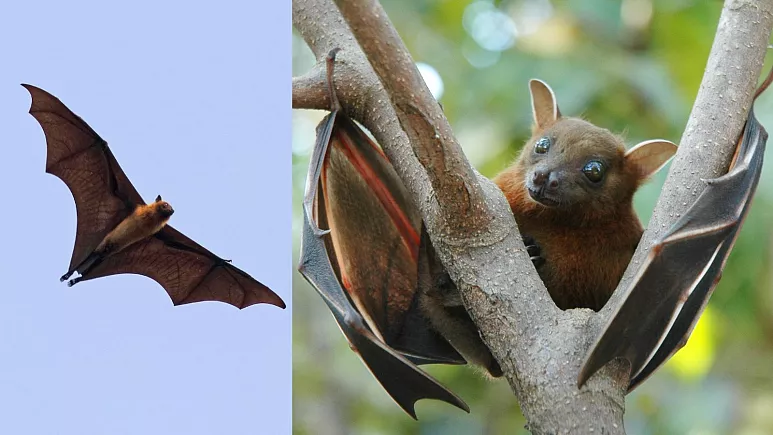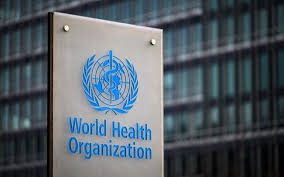
The threat of a bat-borne virus epidemic has terrified India
Afghan News
Cases of an invasive virus with a high fatality rate that may have originated in fruit bats have alarmed India.
Indian authorities are trying to prevent the spread of the deadly Nipah virus by closing schools and offices in the southern state of Kerala.
Eight villages in the region have been declared “contaminated areas” and Indian health officials have tested more than 700 people. Meanwhile, at least two people have lost their lives so far.
Nipah is a zoonotic virus that can be transmitted through contaminated food or directly from person to person. Fruit bats, also known as “flying foxes”, are natural carriers of the virus and are considered the most likely cause of disease outbreaks. In fact, people can become infected through close contact with an infected animal or its body fluids (such as fruit bat saliva on fruit).
Scientists believe that Nipah has existed among these bats for thousands of years, and they fear that this time they are dealing with a mutated and much more contagious species. In previous cases, drinking date juice contaminated with bat excrement was declared as the cause of this disease by local people.
The World Health Organization says that infected people initially show symptoms such as fever, respiratory distress, headache and vomiting. Inflammation of the brain (encephalitis) and seizures can also occur in severe cases, leading to coma.
Viruses similar to Sars-Covid-2 were discovered in bats
This virus is on the World Health Organization’s research list of “pathogens with epidemic potential”. So far, no vaccine has been developed to prevent the virus, and treatments are mainly limited to symptomatic relief and supportive care.
Nipah virus was first identified in 1998 among pig farmers in Malaysia and Singapore. That year, an outbreak of the epidemic disease infected nearly 300 people and killed more than 100.
Data from the World Health Organization shows that more than 600 cases of human infection due to Nipah virus were recorded between 1998 and 2015. The death rate in this epidemic is very high and has killed between 40 and 75 percent of the infected.




